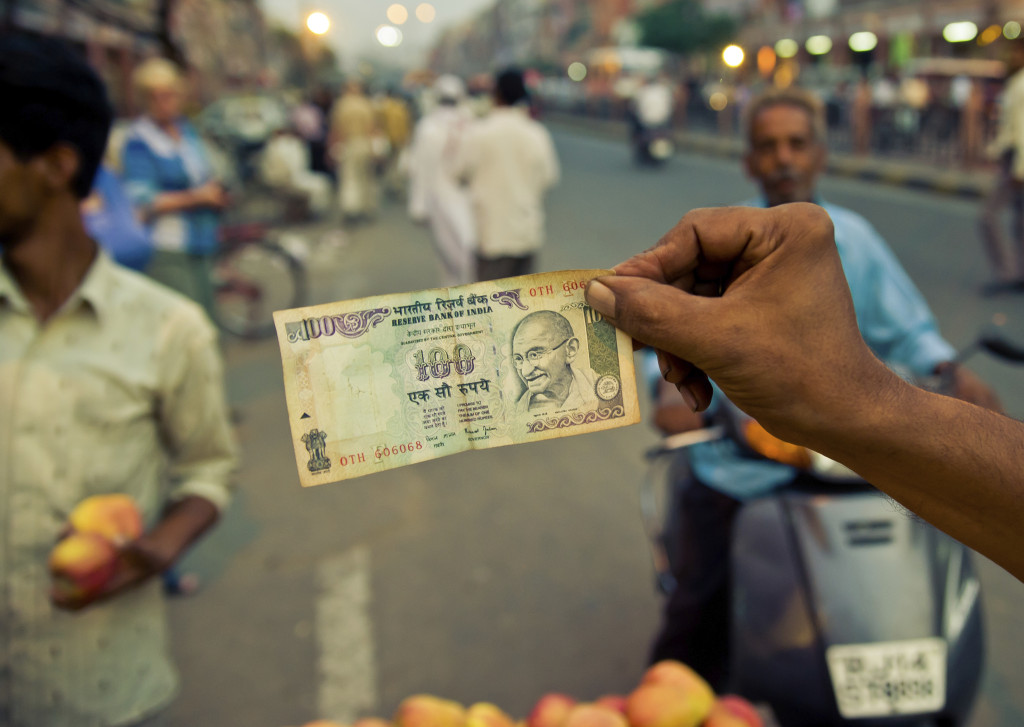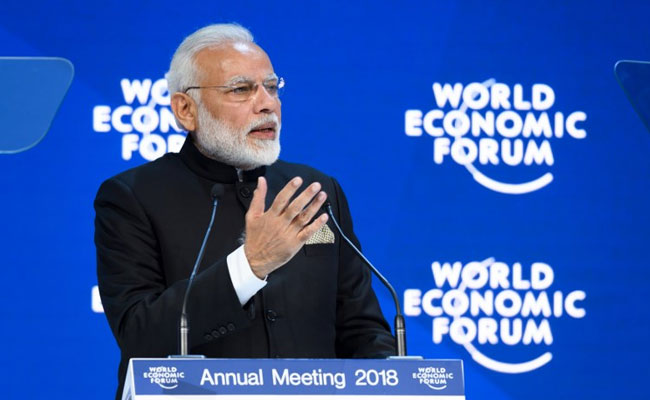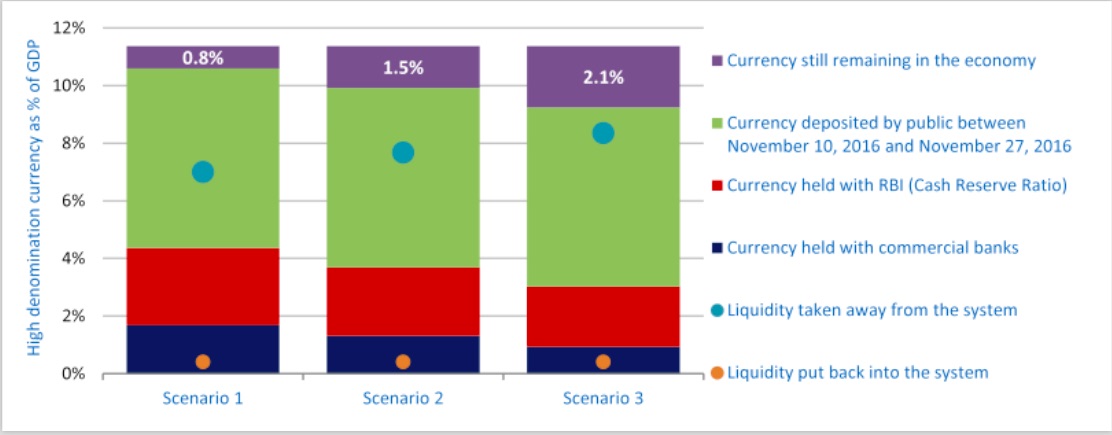The Indian government’s decision to take the country’s 500- and 1,000-rupee notes out of circulation will cause short-term pain for the economy, as evident in the ongoing chaos since the new initiative was rolled out. However, market analysts say this is a small price to pay for the huge benefits that can emerge from Prime Minister Narendra Modi’s latest move.

Kannan Venkataramani, senior portfolio manager of Asian equity at NN Investment Partners explains that planned GST implementation will substantially improve the ease of doing business, bring huge productivity gains, and boost tax revenues.
“In the long run, the government’s move will have a positive impact on the government’s finances and help boost economic growth. It sends a strong message that this government is tackling corruption and tax evasion and that anyone who continues with such practices will face substantially higher risks and costs,” Venkataramani said.
It will accelerate financial inclusion for the people who need it most. The increase in the share of non-cash transactions in a big-data world will make it increasingly difficult to under-declare income, which can widen the tax net substantially.
In addition, the new policy will help in increasing government revenues and giving policymakers a much-needed shot in the arm for improvements to the nation’s infrastructure.
This is the first in a series of reporting on India’s demonetization.








